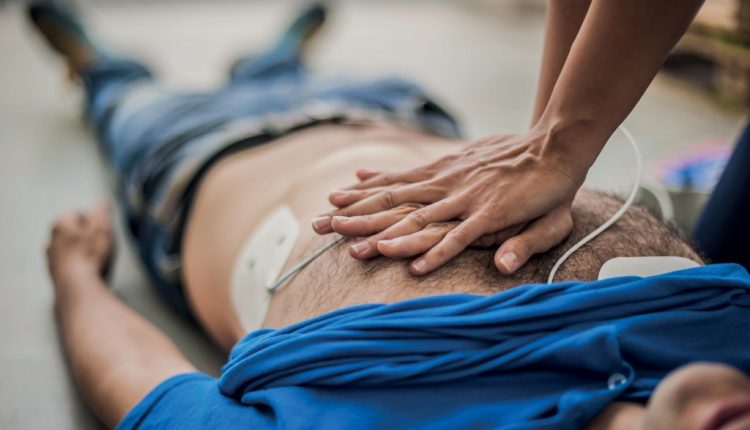
CPRIC in out-of-hospital cardiac arrest - an observational study
Cardiopulmonary resuscitation-induced consciousness (CPRIC) is a phenomenon that has been described in only a handful of case reports.
In this study, we aimed to describe CPRIC in out-of-hospital cardiac arrest (OHCA) patients and determine its association with survival outcomes.
Methods
A retrospective study of registry-based data from Victoria, Australia between January 2008 and December 2014. Adult OHCA patients treated by emergency medical services (EMS) were included. Multivariable logistic regression was used to determine the association between CPRIC and survival to hospital discharge.
Results
There were 112 (0.7%) cases of CPRIC among 16,558 EMS attempted resuscitations, increasing in frequency from 0.3% in 2008 to 0.9% in 2014 (p = 0.004). Levels of consciousness consisted of spontaneous eye-opening (20.5%), jaw tone (20.5%), speech (29.5%) and/or body movement (87.5%).
CPRIC was independently associated with an increased odds of survival to hospital discharge in unwitnessed/bystander witnessed events (OR 2.09, 95% CI: 1.14, 3.81; p = 0.02) but not in EMS witnessed events (OR 0.98, 95% CI: 0.49, 1.96; p = 0.96).
Forty-two (37.5%) patients with CPRIC received treatment with one or more of midazolam (35.7%), opiates (5.4%) or muscle relaxants (3.6%).
When stratified by use of these medications, CPRIC in unwitnessed/bystander witnessed patients was associated with improved odds of survival to hospital discharge if medications were not given (OR 3.92, 95% CI: 1.66, 9.28; p = 0.002), but did not influence survival if these medications were given (OR 0.97, 95% CI: 0.37, 2.57; p = 0.97).
Conclusion
Although CPRIC is uncommon, its occurrence is increasing and may be associated with improved outcomes. The appropriate management of CPRIC requires further evaluation.
Read the full article here


